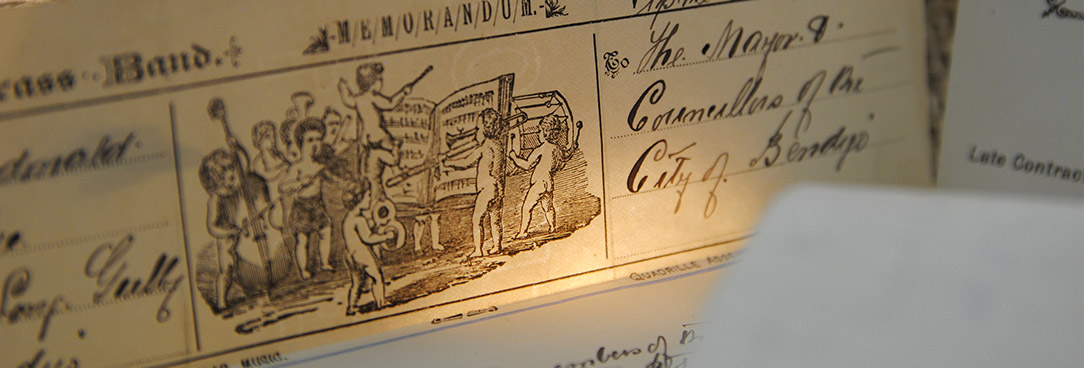What our legislation says
The Public Records Act 1973 applies to public records. Under this legislation, 'record' means a 'document' as defined under the Evidence Act 2008.
This definition covers any record of information, and includes:
- anything on which there is writing
- anything on which there are marks, figures, symbols or perforations having a meaning for persons qualified to interpret them
- anything from which sounds, images or writings can be reproduced with or without the aid of anything else
- a map, plan, drawing or photograph.
The wide nature of this definition provides flexibility in that it allows for technological and other developments that may lead to new records being created and captured in different formats over time.
Importantly though, it defines documents as a physical or digital object which captures information. This means that items which perform a purely decorative or domestic function, and/or have very low interpretive value in terms of understanding the business and activities of government and the public sector, are less likely to be accepted as permanent value records (known as State Archives).
More information on the Public Records Act 1973 - and laws affecting recordkeeping - can be found on the Legislation topic page.
Objects PROV accepts as permanent value records
Public offices often find that a wide range of objects and materials in different formats may be kept in their organisation's archival and historical collection.
PROV develops and applies Retention and Disposal Authorities (RDAs) to determine how long records should be kept. PROV only accepts permanent value records (State Archives) that meet appraisal criteria, and usually does not accept items that are considered 'artefacts'.
More detail on the basis on which PROV selects and preserves State Archives can be found in the policy Appraisal Statement for Public Records Required as State Archives and in our presentation Why do we archive and why?
Below are some examples of items that are capable of being assessed as permanent value records, or artefacts which are unlikely to meet PROV's criteria for inclusion in the State archival collection.
| May be permanent value record | Likely to be an artefact |
| Paper documents, bound volumes, books, catalogues | Honour boards |
| Photographs and negatives | Old medical, machinery or technical equipment, homewares, toys |
| Maps, plans, drawings, posters and charts | Uniforms, medals, coins and badges |
| Postcards, letters, certificates | Large or framed artwork or photographs unrelated to the activities or functions of a public office |
| Films, cassette tapes, CDs, DVDs and slides | Models, gifts and souvenirs |
| Digital records and data sets | Computer games and applications which are unrelated to, or do not support, the activities or functions of a public office |
Public offices in doubt about whether something constitutes a State Archive should consult PROV.
Below is an example of the complexities of some types of records.
Example: Artwork Artwork or promotional materials commissioned by the government may have decorative or aesthetically appealing qualities. If they also capture the activities of government, they may constitute public records worthy of permanent preservation. Ephemera or digital materials made by third parties collected but not commissioned by the government are often considered as outside the scope of the State archival collection. However, there are exceptions, particularly where artwork or other ephemera materials have been created by the subject of the record (for example, artwork created by wards of the State). Artwork or photographs that were purchased or made by the government for decorative purposes (for example, to brighten up the office), and do not fall under an RDA category deemed to be a State Archive, are unlikely to be accepted. |
Who might be interested in receiving artefacts?
Public offices may wish to consider donating or otherwise transferring artefacts they no longer require (items that are not considered public records) to other collecting organisations. Public offices will need to consult with the relevant collecting organisation on their processes and policies for accepting donations. Organisations may include local historical societies, regional and speciality museums, universities or libraries.
Note: Objects of national or state cultural significance, archeological and maritime (shipwrecks) artefacts and Aboriginal cultural heritage materials are protected and controlled under state and federal laws. This includes:
Public offices should seek individual legal advice about how to identify, manage and/or dispose of protected items.
